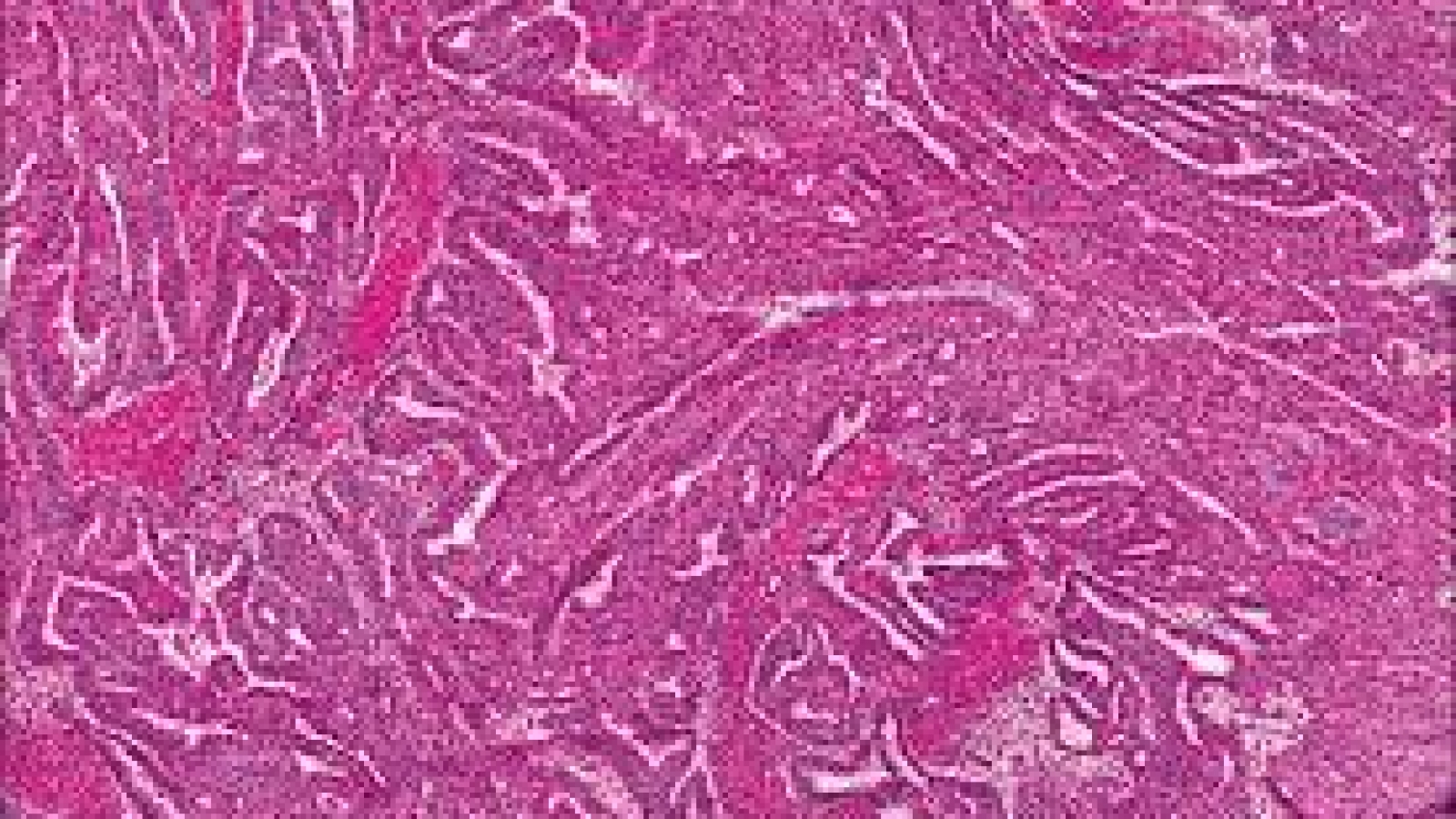WHAT IS HISTOPATHOLOGY?
Histopathology is the diagnosis and study of diseases of the tissues, and involves examining tissues and/or cells under a microscope. Histopathologists are responsible for making tissue diagnoses and helping clinicians manage a patient’s care.
WHY IS HISTOPATHOLOGY IMPORTANT?
Histopathologists are doctors who work closely with other clinical specialties. They can reach a diagnosis by examining a small piece of tissue from the skin, liver, kidney or other organ. This is called a biopsy.
They examine the tissue carefully under a microscope, looking for changes in cells that might explain what is causing a patient’s illness. Around 20 million histopathology slides are examined in the UK each year.
CANCER DIAGNOSIS
Histopathologists provide a diagnostic service for cancer; they handle the cells and tissues removed from suspicious ‘lumps and bumps’, identify the nature of the abnormality and, if malignant, provide information to the clinician about the type of cancer, its grade and, for some cancers, its responsiveness to certain treatments.
With the help of sophisticated imaging techniques, biopsy tissue can now be obtained from previously inaccessible sites such as the pancreas or retroperitoneum (behind
the peritoneum, the membrane lining the abdominal cavity). Tissue is then processed, usually overnight, before being examined under a microscope. In certain limited circumstances using special techniques, the specimen can be examined immediately. With rapidly changing developments in molecular pathology, pathologists are leading the way with new techniques such as fluorescence in-situ hybridization.
(FISH) and polymerase chain reaction (PCR), to map the genetic material in tissues or tumours, which are essential in the management of many cancers.
